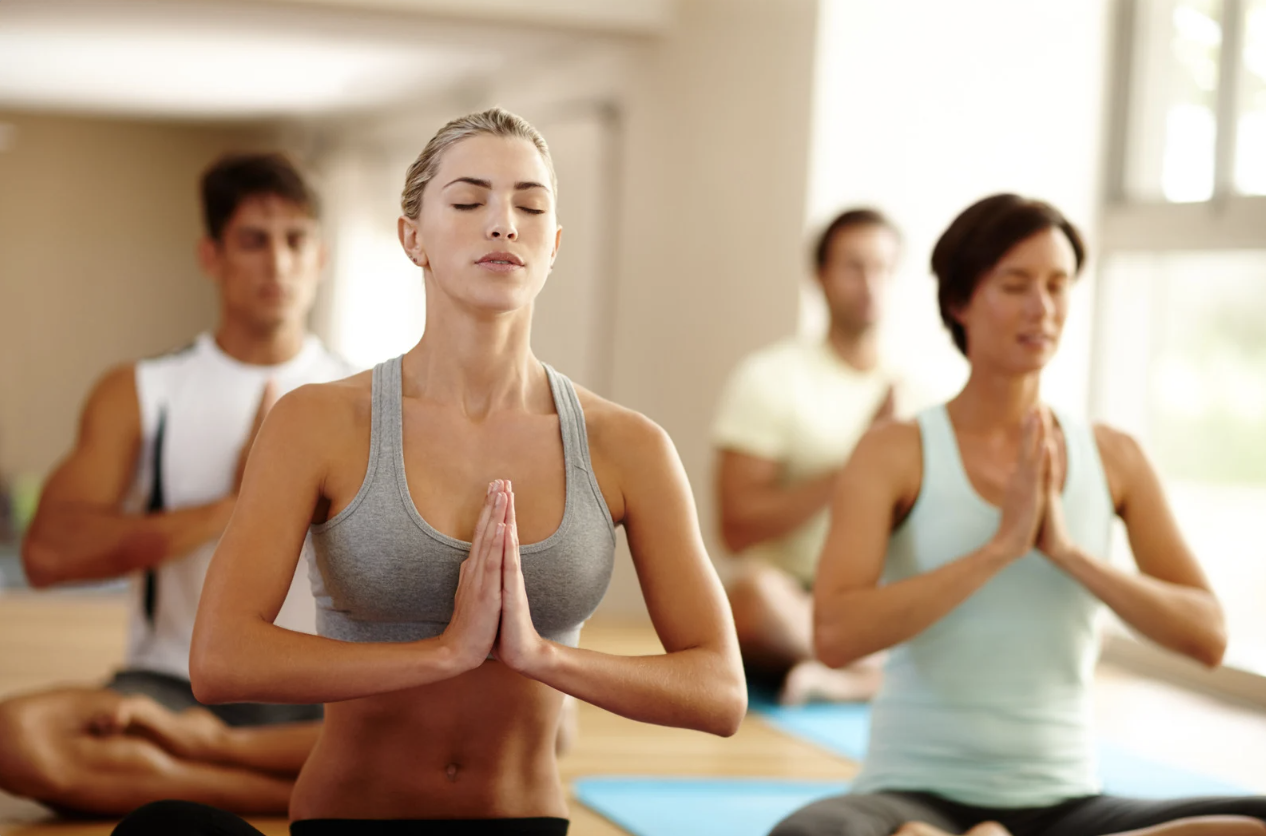
How to Master Pilates Breathing Techniques
Whether you’re new to pilates or a seasoned gym-goer, there’s always something new to master. Perfecting your pilates skills isn’t just about physical form, there’s a specific pilates breathing technique that’s key to getting the most out of your practice. Learning how to breathe in pilates not only supports proper alignment during class but can also deliver physiological and mental wellbeing benefits. So, what makes FS8 different? Our trainers take a holistic approach to every class, so in terms of what to expect, you will be supported in mastering the movements as well as the smaller details like breathing style. Ahead, learn how to breathe during pilates and the ways it can enhance your workout.

What is pilates breathing?
One of the foundational elements of pilates is proper breathing techniques, which involve a specific way of breathing and coordinating movements with the inhale and exhale. In pilates, breath is used to support dynamic exercises, set a rhythm for exercise, and enhance concentration. Proper pilates breathing techniques can also deliver benefits beyond the mat or reformer to elevate overall wellbeing. So, let’s look at why breathing is important in pilates and the benefits the skill can deliver.
Why is breathing is important in pilates?
Utilising the proper breathing techniques during a pilates class like FS8 OG can help you get the best possible results from your workout as well as support a variety of mental benefits outside the gym. Benefits of pilates breathing include:
- Stabilising core muscles
- Increasing blood oxygenation
- Reducing stress and anxiety
- Enhancing the mind body connection
Let’s dive into these benefits a little further.
Stabilising core muscles
One of the things pilates does for your body is help support stronger core muscles, and part of this comes from mastering lateral breathing pilates techniques. When learning how to breathe in pilates, you’ll quickly get practiced at maintaining an activated core and over time you’ll reap the benefits of stronger abdominal and pelvic floor muscles. Strengthening these muscles can help improve athletic performance, minimise risk of injury, and reduce lower back pain.
Increasing blood oxygenation
Cardiovascular workouts, like FS8 Blast, can help elevate oxygen and blood flow, but pilates breathing techniques can provide these benefits without a high intensity workout. The slow, deep style of pilates breathing can help increase the level of oxygen in the blood, which in turn supports circulation, cell renewal,and the immune system. Correct pilates breathing draws in lots of oxygen and pushes out old, stale air, making use of the full breath cycle and increasing lung capacity.
Enhancing the mind body connection
Having to focus on how to breathe during pilates requires concentration, which serves to ground you in the moment and stop your mind from wandering. Linking breath to movement enhances the connection between the mind and the body, allowing them to work together as one. In terms of how long it takes to see pilates results, the difference in the mind body connection can be felt almost immediately and it only improves with practice.
Reducing stress and anxiety
It’s widely known that regular workouts can have a positive impact on mental wellbeing, but even just practicing how to breathe in pilates can help reduce stress and anxiety. Pilates breathing allows you to take some control of your nervous system, which, like enhancing the mind body connection, also helps reduce stress and anxiety. Pilates breathing techniques can be taken out of the gym to help calm the mind through conscious breathing anytime, anywhere.
How to do pilates breathing
Pilates breathing has a set pattern and requires expanding the ribcage outward rather than upward all while keeping the body lifted and the spine lengthened. The following pilates breathing exercise is designed to help you learn how the breath cycle should feel:
- Place your hands at either side of your rib cage.
- Inhale deeply through the nose, directing breath into the sides of your ribcage – it can be helpful to imagine an accordion opening.
- Exhale through the mouth, contracting the diaphragm and bringing the ribs back together without letting your shoulders or back sink forward.
- Put it together in a workout; prepare your body for movement with the inhale, and exhale as you carry out the exercise.
Before you find a studio and book a class, let’s address some key elements of the pilates breathing technique that might need some more unpacking: lateral breathing and rhythmic breathing.
Lateral breathing
Unlike diaphragmatic breathing which encourages the rib cavity to rise and is often promoted during yoga-focussed classes like FS8 Restore, pilates breathing is described as lateral. With a focus on outward rib expansion, lateral breathing in pilates requires pulling the abdominal muscles in and up to maintain an engaged core and pelvic floor through each exercise. This breathing helps prevent shallow breaths that stay in the chest and can lead to tension in the neck and shoulders.
Rhythmic breathing
We tend to reflexively hold our breath when a lot of effort is required to exert an action, so the set pattern and rhythm of pilates breathing can help avoid this. In pilates breathing, the inhale helps prepare the body for the next exercise and the exhale guides the pace of the movement. This pattern supports alignment and creates a rhythm for slow, controlled movement – which is particularly useful during strength classes like FS8 Remix.

